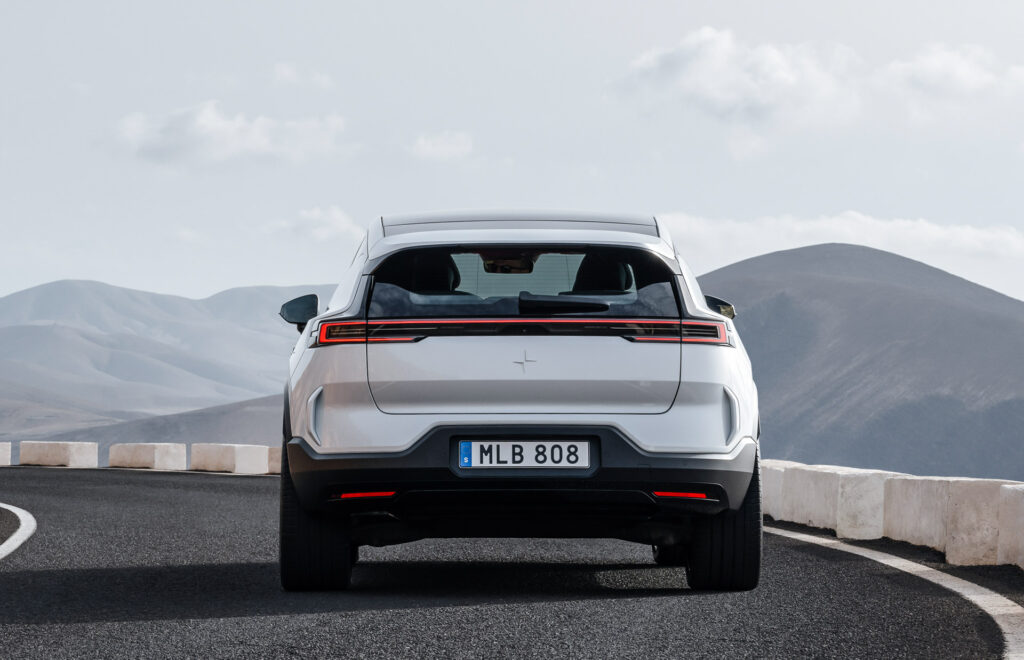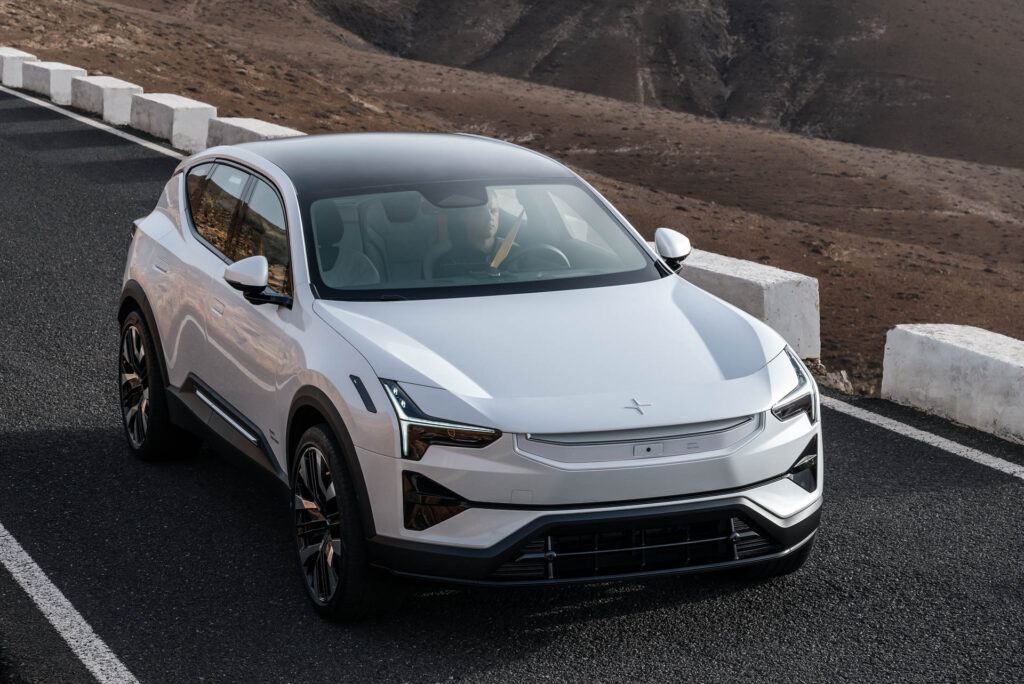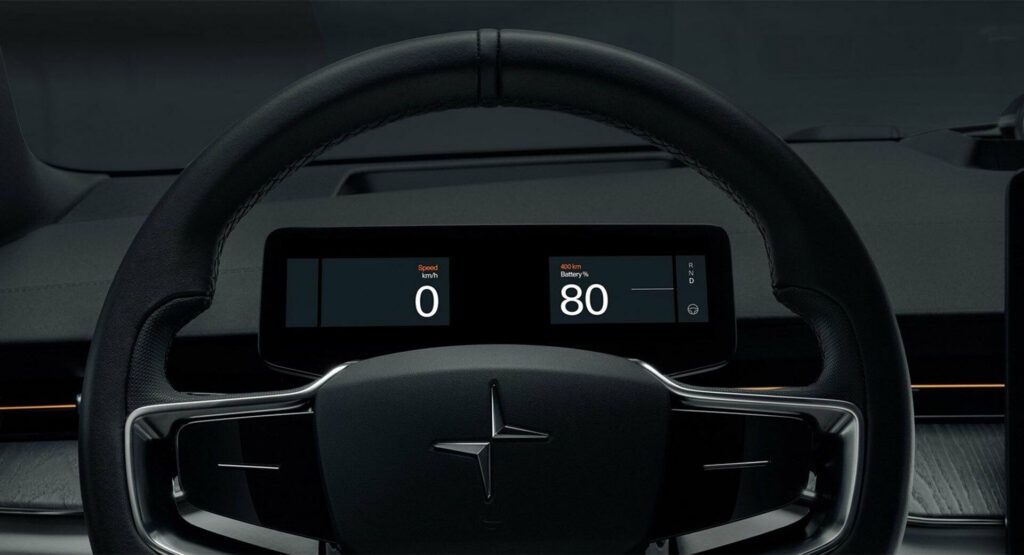Polestar will showcase the advanced driver-monitoring system (DMS) of the all-electric Polestar 3 SUV at January’s CES event in Las Vegas.
The Polestar 3 features two closed-loop premium driver monitoring cameras and software from Smart Eye that are designed to track the driver’s head, eye and eyelid movements, and has the ability to trigger warning messages, sounds, and an emergency stop function when it detects a distracted, drowsy or disconnected driver.
The Swedish automaker says the DMS operates along the car’s Driver Alert Control, Lane Keeping Aid, Adaptive Cruise Control, and Pilot Assist functions. Those attending CES will be able to see how it tracks a driver’s head and eye movements as well as how the AI software can detect the state of the driver at any given time.

“This technology addresses some of the main reasons behind fatal accidents and can help save lives by prompting the driver to refocus attention on the road – and can initiate preventive action when they don’t, or can’t,” Polestar chief executive Thomas Ingenlath described in a statement.
Read: 2024 Polestar 3 Is An Electric Luxury SUV Priced From $84k With Up To 510 HP And A 379-Mile Range
Smart Eye was founded in 1999 and is headquartered in Sweden. Its systems have been used by 17 leading car manufacturers and its driver-monitoring systems are included in more than 1 million cars worldwide.
“We are excited to have our fellow Swedish innovators on our stand at CES,” added Smart Eye founder and chief executive Martin Krantz. “With over one million cars now featuring our advanced driver monitoring technology, it’s a great opportunity to showcase what lies beneath the surface in one of the latest cars to join our family.”
The Polestar 3 is the automaker’s biggest vehicle and shares its platform with the next-generation Volvo XC90. The entry-level model has a pair of electric motors delivering 483 hp and 620 lb-ft (840 Nm) of torque while an optional Power Pack lifts this to 510 hp and 671 lb-ft (910 Nm), cutting the 0-62 mph (100 km/h) sprint from 5 seconds to 4.7 seconds.




